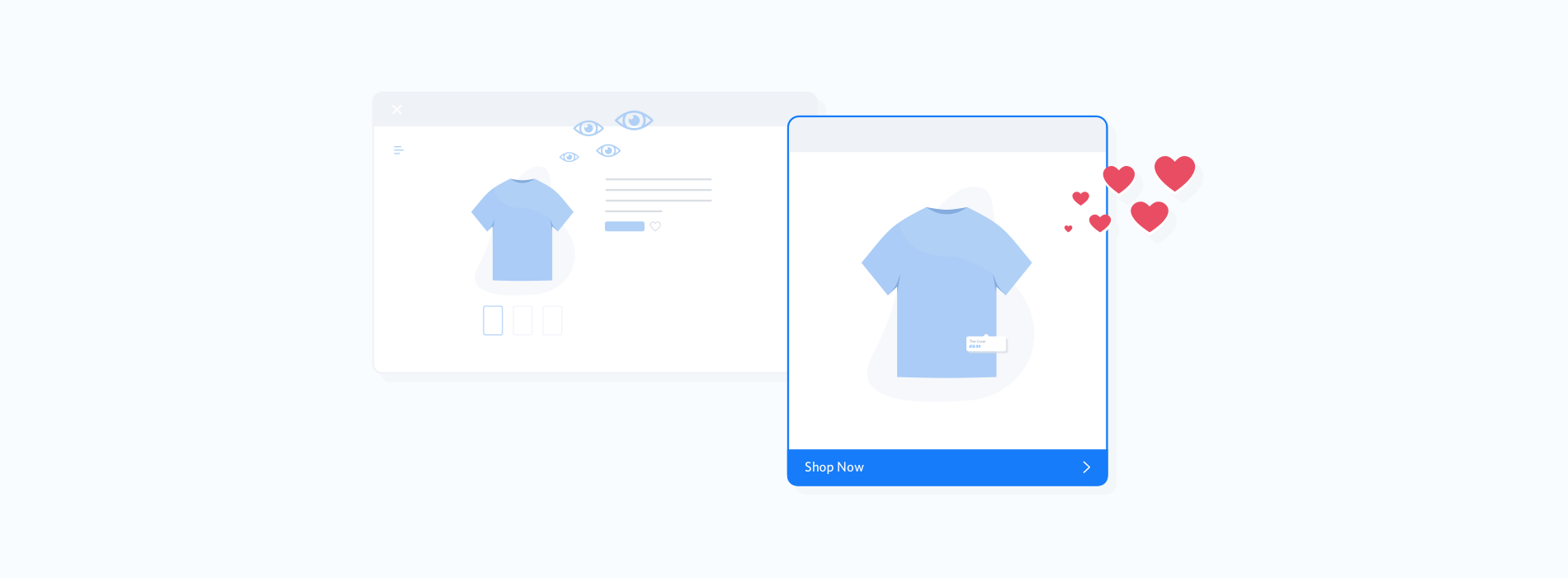In this guest post, Jessica Thiefels looks at how companies can build an audience for their products and services.
Every product you develop needs an audience, in other words, you need to know who you plan to sell to. Without this, you have no basis or structure for marketing, verbiage, voice or even the development of the product itself. If you don’t know who it’s for, how can you make sure people need it, want it or will buy it?
Before you create any product, from a piece of clothing to an online CRM software, you answer questions like: Who needs what we’re creating? Who will we market it to? Here are a few tips for addressing those questions to develop your product audience.
Solve the Problem
James Paine makes an important point: “If you really want to obtain success, the first thing you need to do is find the problem to solve.”
If you already have a clear idea of the product you want to create, it’s time to dive in to figure out what challenge you’re solving to get to your audience, or the people who need that solution.
Use the following process from Katie Cerar, Senior Product Manager at Shopify:
Examine and call out your assumptions: What problems do you assume are being solved? What do you assume people will do with or like about this product?
Cerar gives an example of a pitch given during her second month at Shopify: “The project pitch sounded reasonable, but after a couple questions it was clear that our new project was coming from a place of, ‘We think this would be a great thing to build,’ rather than proven user needs.”
Validate risky assumptions before building and go back to first principles: Look for risks in any area of the project, from assumptions being made to technical feasibility or buy-in. From there, you may need to look to your First Principles, or, simply answer and challenge small questions to see if the answers “add up to the whole.”
Research efficiently: This is the time to disprove any risks or validate any unanswered assumptions. You may look for research and data you can find online, connect with current customers or a sample customer base, or a mix of both.
Create and tell stories: Use stories in your conversations with other people, allowing you to do market research in a consistent and casual setting.
When you’ve taken the time to do this, you’ll have a better picture of the problem you can actually solve with this product and therefore, who your audience is.
Figure Out What You Want to Represent
While in many industries it’s critical that you solve a problem, in an industry like clothing design, your product may be less focused on problems and more on essence, feeling and the story your items tell about the people wearing them.
As a new or growing clothing brand, consider what ecommerce experts, Selz, recommend in their online clothing store guide: “Ask yourself what you want to represent with your style.
Since this is a clothing store, there’s a natural inclination to start with a particular age group. This can be a helpful way to find your niche, but it doesn’t necessarily have to be your beginning point.”
As such, you don’t have to stop there. Just like if you were solving a problem, dig a little deeper to further hone your product audience. Selz continues, “Your style can represent culture as you know it. This gives you a huge range to work in- from trendy, modern looks to older, vintage styles.”
While this process may seem less technical, it still involves research. Competitive research on who’s already selling the same products and styles as you is crucial to your success. If you’re new to competitive research, check out this guide from SquareUp to get started.
Look for Gaps
Instead of using competitive research to determine how you can do something similar, but in a different way—use it to identify gaps. Look for audiences that are not being spoken to right now.
In the eco-friendly industry, for example, there are thousands of companies finding those gaps, from furniture and dish towels brands to battery companies and toothbrush manufacturers.
Check out these 30 eco-friendly alternative products to get an idea of the many products reaching new audiences. In each instance, every brand is targeting a unique gap, like the eco-friendly consumers who care about the health inclinations of using a plastic toothbrush and want a better option.


With the need to stand out amongst so much competition, many industries are seeing more and more “disruptors,” or brands and companies that are stepping outside the box and addressing a market segment not yet spoken to. When identifying your product audience, this may be a route to consider.
StartupGrind shares a great list of past disruptors, including Netflix, Wikipedia and Skype. Perhaps your product audience is like theirs: one that doesn’t quite exist yet; one that you’ll need to peel back the layers to find.
Again, turn to competitive research to figure out if there’s an audience that’s not being spoken to yet, and then figure out how your product can fill that gap.
Develop Your Product Audience
Knowing your product audience is critical to the success of your business.
Use these ideas to figure out who needs your product and how you’ll talk about it, whether you aim to solve a problem or want to disrupt your market, targeting an audience no one knows is there yet.
Whatever you do, don’t miss this step in the product development process.
Jessica Thiefels is an entrepreneur and founder and CEO of Jessica Thiefels Consulting. She’s been writing for more than 10 years and has been featured in top publications like Forbes and FastCompany. She also writes for Business Insider, Virgin, Glassdoor and more. Follow her on Twitter @JThiefels and connect on LinkedIn.
Speak to an expert
Learn how to convert your online audience into revenue with our experts.








![Valentine’s Day Ecommerce Tips and Trends [2024 Strategy]](https://www.salecycle.com/wp-content/uploads/2019/01/valentines-ecommerce-1.png)



![How SaleCycle helped Vodafone increase their online sales by an additional 2,000 additional sales per month [Extended Version]](https://www.salecycle.com/wp-content/uploads/2023/08/vodafone-banner.webp)





